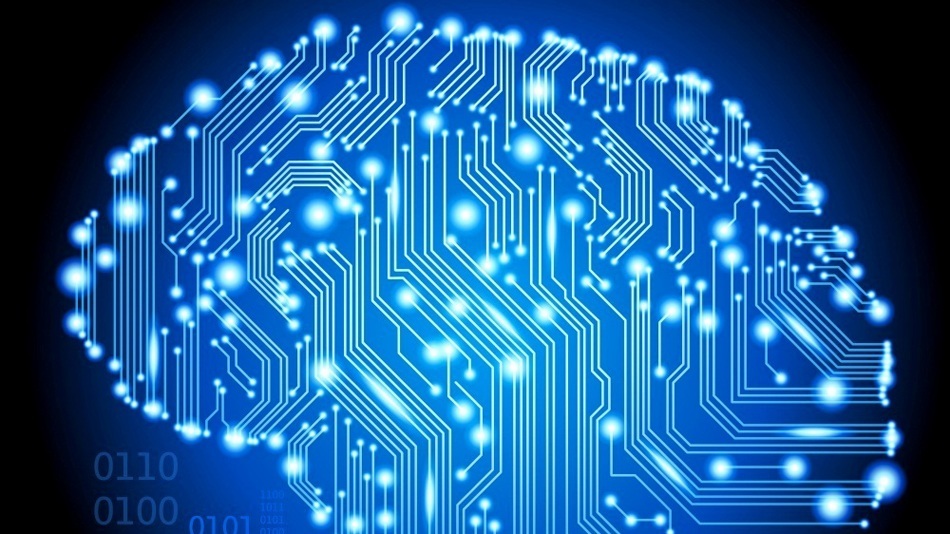Science has long been fascinated with the idea of recreating human intelligence, and while that mystery may be distant beacon on the horizon, recreating certain aspects of the human brain are closer to our grasp.
A team at IBM lead by computer scientist Dharmendra Modha is making progress in developing a computer language that imitates the human brains ability to grasp the world around it and respond. While Modha admits that actually building a brain is impossible since most of the human brain is still a mystery, replicating parts of it is a different approach.
Known as a “neurosynaptic core,” their new chip includes hardware that mimic neurons and synapses — the basic building blocks of our nervous system and the connections between them. And in recreating the basics of the brain, Modha says, the chip eschews traditional methods of computer design.” – Wired
The programming language is still in its infancy, so much so that the building framework hasn’t yet been released to the public. What the IBM team is hoping for though is that the cognitive computing will have a lasting impact on artificial intelligence. Modha and his fellow scientists envision the new computer science breakthrough one day helping the blind to see without the use of a seeing-eye dog through the use of a special headset. Not to geek out too much, but didn’t Star Trek do that with Data like 25 years ago?


